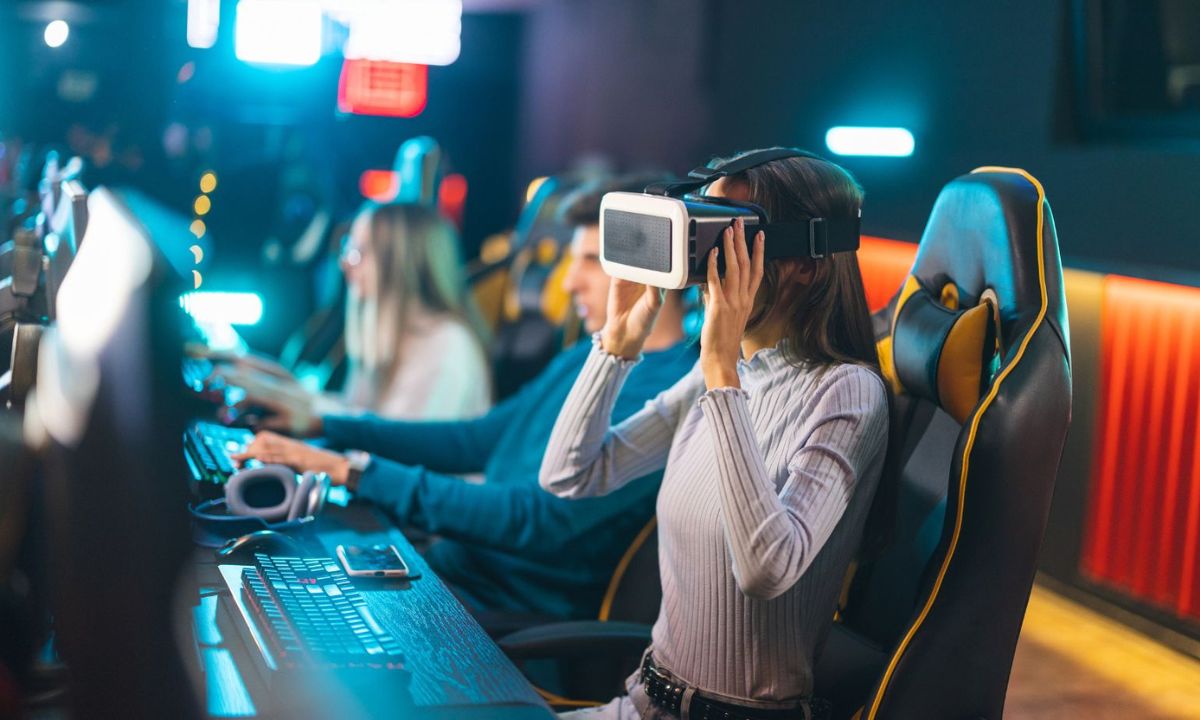The poker table is a stage, its green felt lit by a low-hanging lamp that casts shadows on the players’ faces. Chips clink softly as they’re stacked, shuffled, and slid into the pot. Cards are dealt with a quiet snap, each player stealing glances at their hand while studying their opponents. A raise, a call, a fold—the rhythm builds, tension coiling like a spring. Then, the river card flips, and the table erupts in a mix of triumph and groans. Poker is more than a game; it’s a battle of wits, a test of nerve, a mirror of human nature. From dusty saloons to glitzy casinos, poker has woven itself into the fabric of culture, captivating millions with its blend of skill, luck, and psychology. What is it about this card game that makes it so enduring?
A Game Born in the Wild
Poker’s origins are as colorful as the characters who play it. Most historians trace its roots to 19th-century America, though its ancestors stretch back to Europe and Persia. Games like the French Poque and the Persian As-Nas, both involving betting and ranked card combinations, laid the groundwork. By the early 1800s, poker emerged on the Mississippi River, where steamboat gamblers played a rough version with a 20-card deck. The game spread like wildfire, carried by soldiers, settlers, and gold prospectors across the American frontier.
By the late 19th century, poker had evolved into something closer to its modern form, with a 52-card deck and variants like Draw and Stud. It thrived in saloons and backrooms, earning a reputation as a game of rogues and risk-takers. The term “poker face” entered the lexicon, capturing the stoic demeanor needed to bluff your way to victory. As America urbanized, poker moved from smoky taverns to private clubs and, eventually, legal casinos, shedding some of its outlaw image but never its edge.
The Rules: A Game of Infinite Depth
Poker’s beauty lies in its simplicity and complexity. At its core, it’s about building the best five-card hand (or convincing others you have it). Hands are ranked from high card to royal flush, with familiar terms like “pair,” “flush,” and “full house” part of the game’s language. But poker isn’t one game—it’s many. Texas Hold’em, the most popular variant, gives each player two private cards and five community cards, with betting rounds after the flop (three cards), turn (one more), and river (the final card). Other variants, lika Omaha, Seven-Card Stud, and Razz, offer their own twists, each demanding unique strategies.
What sets poker apart from other casino games is skill. While luck determines the cards, skill shapes the outcome. Players must master odds, read opponents, and manage their chips, all while masking their intentions. Bluffing—betting big on a weak hand to scare others out—is poker’s signature move, but it’s a high-wire act. Overplay your hand, and you’re busted; underplay it, and you miss the pot. The house takes a cut (the “rake” in cash games or entry fees in tournaments), but unlike blackjack or slots, you’re not playing against the casino—you’re playing against other people, making poker a true test of human cunning.
The Psychology of the Table
Poker is as much about people as it is about cards. Every gesture, every bet, every pause is a clue. Does the guy in the sunglasses bet big because he’s got aces or because he’s desperate? Is the woman across the table chatting to distract you or just being friendly? Reading these “tells” is an art, honed over countless hands. Some players wear hoodies and shades to hide their reactions; others lean into theatrics, using charm or aggression to throw opponents off.
The psychological stakes are high. Poker demands emotional control—tilt, the state of playing recklessly after a bad beat, can ruin even the best players. It’s also a game of endurance. In tournaments, which can last hours or days, stamina and focus are as crucial as strategy. The World Series of Poker (WSOP), held annually in Las Vegas, is the game’s pinnacle, where thousands compete for million-dollar prizes and the coveted gold bracelet. Watching pros like Phil Ivey or Daniel Negreanu navigate a final table is like watching a chess match with real money on the line.
Poker’s Cultural Reign
Poker’s grip on popular culture is ironclad. It’s the game of choice in countless films, from the gritty Rounders, where Matt Damon’s cardsharp battles underground sharks, to The Cincinnati Kid, where Steve McQueen’s young gun faces a legend. In Casino Royale, James Bond swaps baccarat for Texas Hold’em, a nod to poker’s modern dominance. The game’s lingo—“all-in,” “call your bluff,” “ace in the hole”—has seeped into everyday speech, proof of its influence.
The early 2000s brought a poker boom, sparked by two events. First, the 2003 WSOP saw amateur Chris Moneymaker win $2.5 million after qualifying online for $86, proving anyone could hit it big. Second, televised poker, with hole-card cameras, turned the game into a spectator sport. Suddenly, millions were watching ESPN, rooting for players like they were athletes. Online poker exploded, with sites like PokerStars and Full Tilt hosting millions of hands daily. Though legal crackdowns, like the U.S.’s 2011 “Black Friday,” slowed the online surge, poker’s popularity never waned.
The Digital Frontier
Online poker remains a juggernaut. Platforms offer cash games, tournaments, and sit-and-gos for every skill level, from micro-stakes to nosebleed limits. Apps let you play on your phone, turning commutes into card rooms—“snap poker” or “zoom” formats speed up the action, dealing new hands instantly. Virtual tables lack the tactile charm of live play—no chip tricks, no staring down opponents—but they make up for it with volume and convenience. Advanced players use software to track stats and optimize strategies, turning poker into a data-driven science.
Yet online poker has risks. The ease of access can fuel addiction, and unregulated sites pose dangers. Responsible gaming tools, like deposit limits and self-exclusion, help, but discipline is crucial. Live poker, meanwhile, thrives in casinos and home games, where the social vibe—banter, beers, bad beats—remains unbeatable.
Why Poker Endures
Poker’s magic lies in its balance of chance and control. It’s a game where anyone can win a hand, but only the sharpest thrive over time. It rewards patience, guts, and adaptability, reflecting life’s own gambles. It’s also universal—played in penthouses and basements, by billionaires and broke college kids. Every table tells a story, every hand a drama.
Imagine sitting at a poker game, your chips stacked neatly, your cards a king and ace. The pot’s growing, and the guy across the table just raised. Do you call, raise, or fold? Your heart’s pounding, but your face is stone. In that moment, you’re not just playing cards—you’re playing people, playing fate. Win or lose, it’s the thrill of the game, the dance of minds, that keeps you coming back. Poker isn’t just a game; it’s a way of seeing the world, and for those who play, it’s a fire that never burns out.


